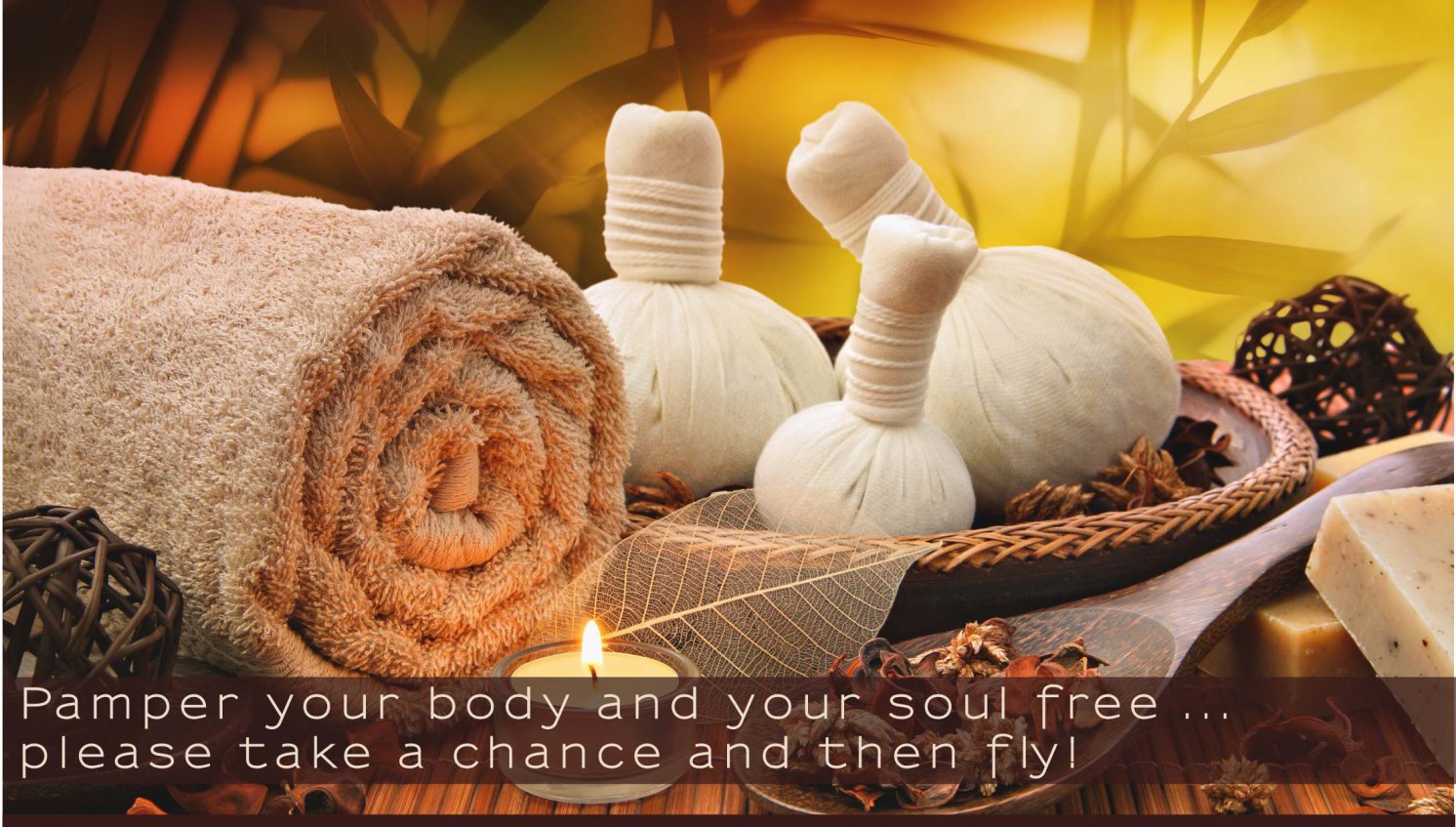Pues como dice el refrán: «lo prometido es deuda» ( ya les había prometido este post) y «vale más prevernir que curar«, asi que previniedo los efectos del fin de semana, hoy voy a entrar un poco más en detalle sobre la importancia de del desintoxicar nuestro cuerpo.
Razones por las cuales necesitamos limpiar
- Por consumir alimentos cargados de tóxicos, químicos, azúcares, harinas refinadas, alimentos de origen animal que están cargados de toxinas.
- Por llevar una vida sedentaria
- Por la elevada contaminación ambiental.
- Debido al estrés, preocupaciones y estados emocionales que afectan a nuestro cuerpo físico
Todo esto hace que acumulemos toxinas en nuestro cuerpo, debilitándolo y dañando nuestros órganos . Es por eso que aparecen enfermedades, porque estamos expulsando a través de ellas lo que a nuestro cuerpo le sobra. Cansancio, fatiga, problemas de piel, dolores de estómago… Debemos aprender a interpretar las señales de alerta que nos da nuestro cuerpo, porque a largo plazo pueden derivar en enfermedades cardiovasculares, diabetes o incluso cáncer.
Una dieta crudivegana, no sólo nos está depurando , sino que al estar libre de toxinas permite que nuestro cuerpo se regenere y regule más rápidamente , recuperando la salud y el equilibrio y previniendo enfermedades.
Hacer un par de días de detox, funciona, pero si luego volvemos a ingerir tóxicos, volvemos a la misma situación. Se trata no sólo de alimentarnos sino de tomar conciencia y aprender a llevar un modo de vida saludable cada día.
¿Cómo limpiar nuestro organismo?
- Elimina los productos de origen animal: están cargados de toxinas, aditivos, hormonas, antibióticos, excesivas proteínas, grasa y colesterol. Si cambiamos el pescado, la carne, leche, huevo, pollo y demás productos por alimentos de origen vegetal bajos en grasa empezamos a depurarnos, a eliminar grasa y recuperar nuestra salud.
- Fuera sustancias estimulantes, químicos y alimentos tratados (café, té negro, refrescos cola, bebidas energizantes, etc) .
- Tabaco
- Alcohol
- Bebidas gaseosas
- Comida envasada cargada con aditivos, conservantes, sabores artificiales, colorantes, hormonas…
- Soja, maíz y demás productos transgénicos.
- Sal y azúcar refinada.
- Harinas refinadas , incluye pasta, pan, galletas que no sean con cereales 100% integrales.
- Gluten.
- Chocolate.
- Aceites refinados
- Basa tu alimentación, en fruta y verdura cruda. Importantísimo, alta en carbohidratos y baja en grasa y proteínas. No hace falta que llegues al 100% crudo, puedes empezar por el 50% e ir subiendo hasta el 70%. Como platos cocinados, las legumbres y cereles integrales son la ópcion más saludable. Los más recomendable son el mijo, quinoa, trigo sarraceno y amaranto. Los vegetales crudos y ecológicos mantienen intactas sus propiedades, vitaminas, minerales, fibra, enzimas, antioxidantes y fitonutrientes. Nos dan toda la energía que necesitamos y mantiene nuestro cuerpo limpio y saludable, tanto a nivel celular como nuestra sangre. Por lo tanto previene enfermedades. Además recuperas tu peso ideal , ya que eliminas la grasa acumulada. Al desintoxicar tu cuerpo y estar saludable, ganas claridad mental y bienestar emocional. Activas tu consciencia , conectas con tu interior y con el mundo. Y contribuyes a reducir el impacto medioambiental consumiendo alimentos orgánicos.
- Haz ejercicio. Una dieta saludable acompañada de ejercicio es la combinación perfecta para elimienar toxinas, perder peso, fortalecer músculos, órganos, sistema circulatorio y respiratorio y digestivo. Previene el estrés y nos hace estar más relajados y felices.
- Bebe mucha agua. 2 o 3 litros diarios. Cuando tienes una alimentación 100% raw o crudivegana, bebes menos agua porque ya estás ingiriendo la naturalmente presente en la fruta y verdura
- Descansa y duerme suficientes horas. Para permitir a tu cuerpo el proceso de restauración y que pueda recuperar energía, fuerza y eliminar toxinas.
- Y muy importante, practica actividades que te hagan liberar tensiones y relajarte, conectar contigo y con los demás, como escuchar música, quedar con tus amigos, bailar, abrazar, respirar aire puro, cantar, gritar, sonreir, dar sin esperar nada a cambio, conocer gente diferente, probar cosas nuevas. El mejor sistema inmunológico consiste en ser feliz y controlar nuestra mente, sin lugar a dudas.
Cuando somentes a tu cuerpo a un proceso de limpieza, a veces puedes surgir efectos secundarios, como malestar general, vómitos, diarreaas, algún dolor, granos en la cara… Es normal, tu cuerpo tiene que echar todas las toxinas. La enfermedad y los dolores son procesos de restauración y destoxicación de nuestro organismos. Lo mejor es dar las gracias y aceptar que nos estamos liberando de algo que nos sobra.
Espero que sean suficientes razones, como para que poco a poco puedan ir cambiando los hábitos. Sé que a priori puede parecer un cambio radical, y muy dificil, pero cuando observen que a medida que se eliminan los tóxicos y alimentos perjudiciales de sus dietas, se empezarán a sentir mejor, realmente compensa el esfuerzo por el resultado obtenido. Hay un mundo de posibilidades, colores, sabores, sensaciones y texturas en la alimentación saludable y conciente, es sólo animarse a descubrirlos!









